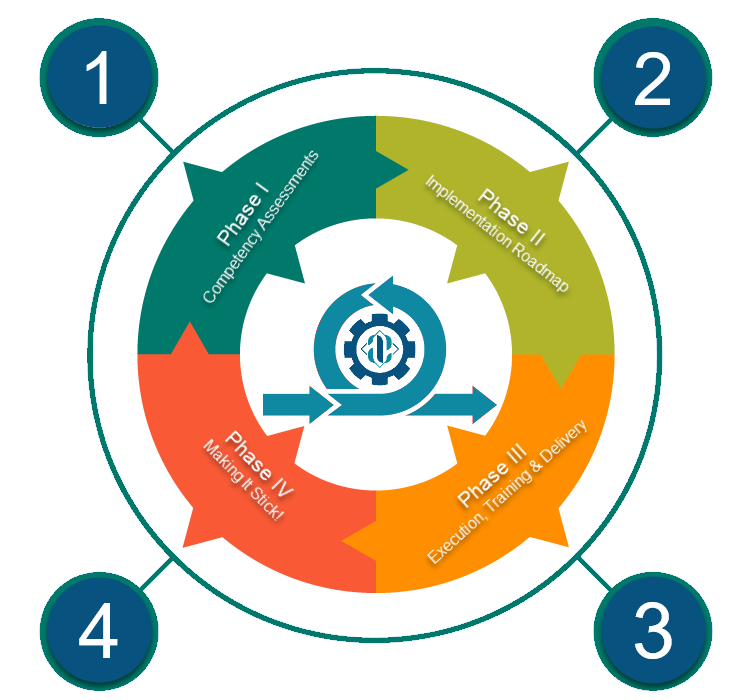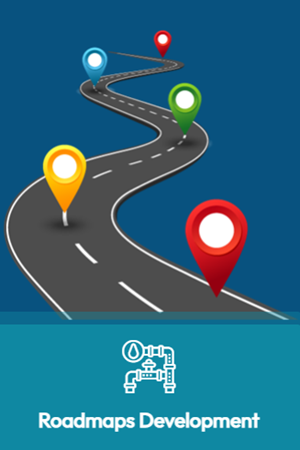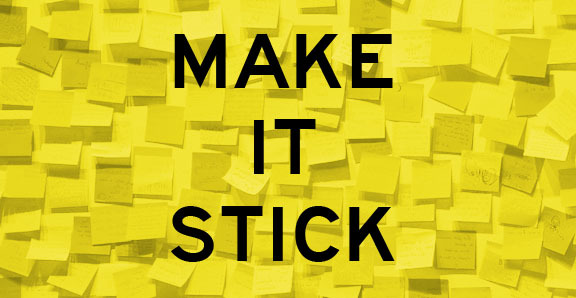
4 Phased Engagement Process
Phase I - Competency Assessments
Our engagements usually start with comprehensive competency assessments. Agile assessments evaluate an organization's ability to adopt and implement agile methodologies, principles, and practices. Agile assessments typically involve reviewing an organization's processes, tools, and culture to identify areas of improvement and provide recommendations for becoming more agile.
There are many approaches to conducting agile assessments, and the specific methods used will depend on the needs and goals of the organization being assessed. Some common methods include:
There are many approaches to conducting agile assessments, and the specific methods used will depend on the needs and goals of the organization being assessed. Some common methods include:
- A series of interviews with team members and stakeholders to gather information about the current state of the organization's agile practices; this includes challenges or obstacles hindering adoption.
- Observations of team meetings, stand-ups, and other agile-related activities to understand how agile practices are implemented.
- Analysis of existing documentation, such as agile artifacts like user stories, sprint plans, and retrospectives, to understand how the organization uses agile techniques and tools.
- Use agile assessment tools, such as popular tools like offered by Agility Health or Comparative Agility, to help identify areas of strength and improvement.
The goal of an agile assessment is to provide an organization with a clear understanding of its current agile capabilities and identify areas for improvement to better align with agile principles and practices.

Emgagement Request
Phase II - Implementation Roadmap...

Emgagement Request
An implementation roadmap is a plan that outlines the steps and activities needed to implement a new project, initiative, or system successfully. Developing an implementation roadmap typically involves the following steps:
- Define engagement scope: Clearly define the scope and objectives of the engagement, including what will be included and what will be excluded.
- Identify the stakeholders: Identify all stakeholders impacted by the engagement, including internal and external stakeholders will impact.
- Gather requirements: Collect and analyze the requirements for the project, including any functional, technical, and business requirements. This includes engaging resources with a full understanding of the products being delivered.
- Create a high-level plan: Develop a high-level plan that outlines the key milestones and deliverables for the project, as well as any dependencies or constraints.
- Break the plan down into smaller, more manageable chunks: Break the high-level plan into smaller, more manageable chunks or phases, with specific tasks and activities for each phase.
- Assign team members or individuals responsible for each task or activity in the roadmap.
- Define the timeline: Determine the timeline for each phase and task in the roadmap, including any deadlines or milestones.
- Review and revise the roadmap: Review the roadmap with the project team and stakeholders to ensure it is realistic and achievable. Make any necessary revisions to the roadmap based on feedback.
- Communicate the roadmap: Communicate the roadmap to all stakeholders and ensure everyone understands their roles and responsibilities in the project.
Following these steps, the implementation roadmap is clear, well-defined, and achievable, and all stakeholders know their roles and responsibilities in the project.
Phase III - Execution,Training & Delivery
Execution, training, and delivery are all important aspects of implementing a new project, initiative, or system. Execution refers to the tasks and activities outlined in the implementation plan or roadmap, including coordination with various team members and stakeholders, managing resources, and monitoring progress to ensure that the project stays on track.
Training includes providing team members and stakeholders with the knowledge and skills to effectively use and support the new project engagement, initiative, or system. This activity may involve providing in-person or online training sessions, creating training materials or documentation, or providing ongoing support and guidance.
Delivery refers to making a new project, initiative, or system available to users or customers.
Delivery management involves...
- Deploying the solution to production environments,
- Providing user support and troubleshooting, or
- Rolling out the solution to a larger group of users.
Effective execution, training, and delivery are critical to the success of any new project or initiative and can help ensure that the solution is adopted and used effectively by the intended audience.

Emgagement Request
Phase IV Making it Stick!

Emgagement Request
Maximize or Accelerate results: After success is achieved at the team, program, and portfolio levels, the enterprise should see significant improvement in all competencies and dimensions based on the initial assessments. By this time, value is being delivered frequently, customers and business owners are happy, and everyone in the portfolio is energized.
At this stage, the question may become, "Now what?"
While the positive improvements to the culture and the better business results should be celebrated, there's more work. It's time to take the next steps toward mastery, maximize performance in every dimension, and permanently engrain the new way of working into the organization's culture.
Progress Towards Mastery Once the recommendations of the business agility assessment have been followed and every team consistently practices the critical success factors, the portfolio should see significant improvement in all competencies and dimensions.
By this time, value is being delivered frequently, customers and business owners are happy, and everyone in the portfolio is energized. At this stage, the question may become, "now what?" While the positive improvements to the culture and the better business results should be celebrated, there's more work.
Infuse The New Behaviors & Mindset into the Culture
The work to implement Agile practices and achieve mastery will inevitably shift the organization's culture. Leveraging this shift so that it becomes permanent is critical to ensuring the organization keeps progressing and doesn't slip back into old patterns of behavior.
As larger organizations advance toward higher degrees of high-performance outcomes, there will be a natural tendency to assume that the new way of working is understood and shift the organization's focus to more pressing initiatives. This assumption is one of the most common errors that many enterprises make. The reality is that until all of the new principles, practices, and mindset have permeated throughout the company, there will be an ongoing likelihood that all of the organization's hard work and positive gains will be lost, and the portfolio will revert to legacy mindsets, practices, and behaviors.
Make it Stick!
It points to Leaders to create a sustainable environment and "make it stick." Leaders must also understand the principles and practices of change leadership and organizational change management. Accelerating results means leaders must be curators, caretakers, and defenders of the new way of working. When leaders demonstrate that true change has occurred and going backward is not an option no matter the circumstances, the changes become electrified into the organization's DNA, and the new way of working is likely to withstand similar challenges in the future.
Apply Learnings Across the Enterprise: It is common for the world's largest organizations to have many initiatives. Success in one part of the company does not ensure success in others. As the adoption of agile practices and mindset makes headway on its progress towards improving business agility, the final stage of maximizing results is to leverage the learnings and successes of other companies leverage agile and publishing results to learn from best practices and design a plan to extend success to the rest of the enterprise.
It's a great best practice to recruit the change agents from the initial implementation and develop and support and training ecosystem to transplant good and productive behaviors into other parts of the organization. Investing in technical and human resources is a key trait of companies that successfully embrace agile methodology and scaling frameworks.
Maintaining a vibrant and productive workforce requires a heavy investment in cultivating the next generation of leaders in every role, so they are prepared to step in and deliver high-quality value with confidence.
At this stage, the question may become, "Now what?"
While the positive improvements to the culture and the better business results should be celebrated, there's more work. It's time to take the next steps toward mastery, maximize performance in every dimension, and permanently engrain the new way of working into the organization's culture.
Progress Towards Mastery Once the recommendations of the business agility assessment have been followed and every team consistently practices the critical success factors, the portfolio should see significant improvement in all competencies and dimensions.
By this time, value is being delivered frequently, customers and business owners are happy, and everyone in the portfolio is energized. At this stage, the question may become, "now what?" While the positive improvements to the culture and the better business results should be celebrated, there's more work.
Infuse The New Behaviors & Mindset into the Culture
The work to implement Agile practices and achieve mastery will inevitably shift the organization's culture. Leveraging this shift so that it becomes permanent is critical to ensuring the organization keeps progressing and doesn't slip back into old patterns of behavior.
As larger organizations advance toward higher degrees of high-performance outcomes, there will be a natural tendency to assume that the new way of working is understood and shift the organization's focus to more pressing initiatives. This assumption is one of the most common errors that many enterprises make. The reality is that until all of the new principles, practices, and mindset have permeated throughout the company, there will be an ongoing likelihood that all of the organization's hard work and positive gains will be lost, and the portfolio will revert to legacy mindsets, practices, and behaviors.
Make it Stick!
It points to Leaders to create a sustainable environment and "make it stick." Leaders must also understand the principles and practices of change leadership and organizational change management. Accelerating results means leaders must be curators, caretakers, and defenders of the new way of working. When leaders demonstrate that true change has occurred and going backward is not an option no matter the circumstances, the changes become electrified into the organization's DNA, and the new way of working is likely to withstand similar challenges in the future.
Apply Learnings Across the Enterprise: It is common for the world's largest organizations to have many initiatives. Success in one part of the company does not ensure success in others. As the adoption of agile practices and mindset makes headway on its progress towards improving business agility, the final stage of maximizing results is to leverage the learnings and successes of other companies leverage agile and publishing results to learn from best practices and design a plan to extend success to the rest of the enterprise.
It's a great best practice to recruit the change agents from the initial implementation and develop and support and training ecosystem to transplant good and productive behaviors into other parts of the organization. Investing in technical and human resources is a key trait of companies that successfully embrace agile methodology and scaling frameworks.
Maintaining a vibrant and productive workforce requires a heavy investment in cultivating the next generation of leaders in every role, so they are prepared to step in and deliver high-quality value with confidence.
Emgagement Request



Agility Engineers
11877 Douglas Road
Suite 102, #328A
Alpharetta, GA 30005
(404) 476-7800
11877 Douglas Road
Suite 102, #328A
Alpharetta, GA 30005
(404) 476-7800
Services
Agile Assessments
Roadmap Development
Best Practices
Staff Augmentation
Roadmap Development
Best Practices
Staff Augmentation
Quick Links
Events
Contacts
Investor Relations
Contacts
Investor Relations
Join Our Community!
Are You an Agile or Transformation Thought Leaders?
Join Our Community Of Agility Engineers, Practitioners & Leaders! Together We Can Help Drive Global Agility.
Join Our Community Of Agility Engineers, Practitioners & Leaders! Together We Can Help Drive Global Agility.
